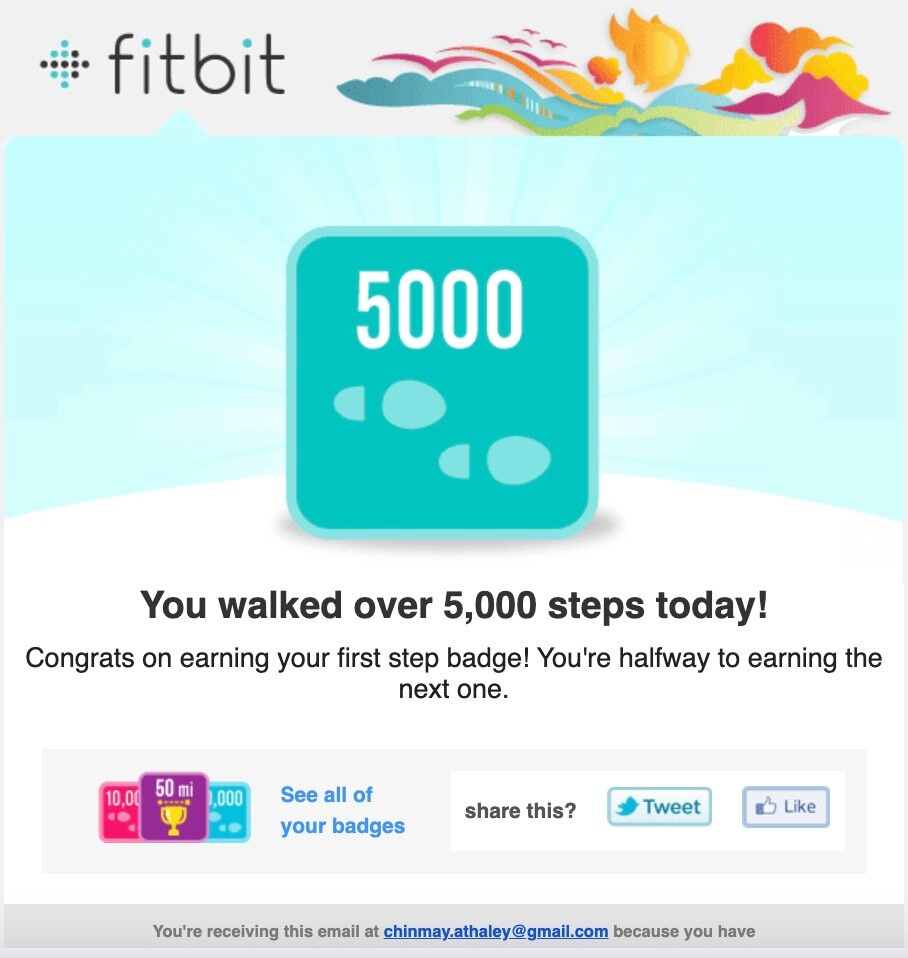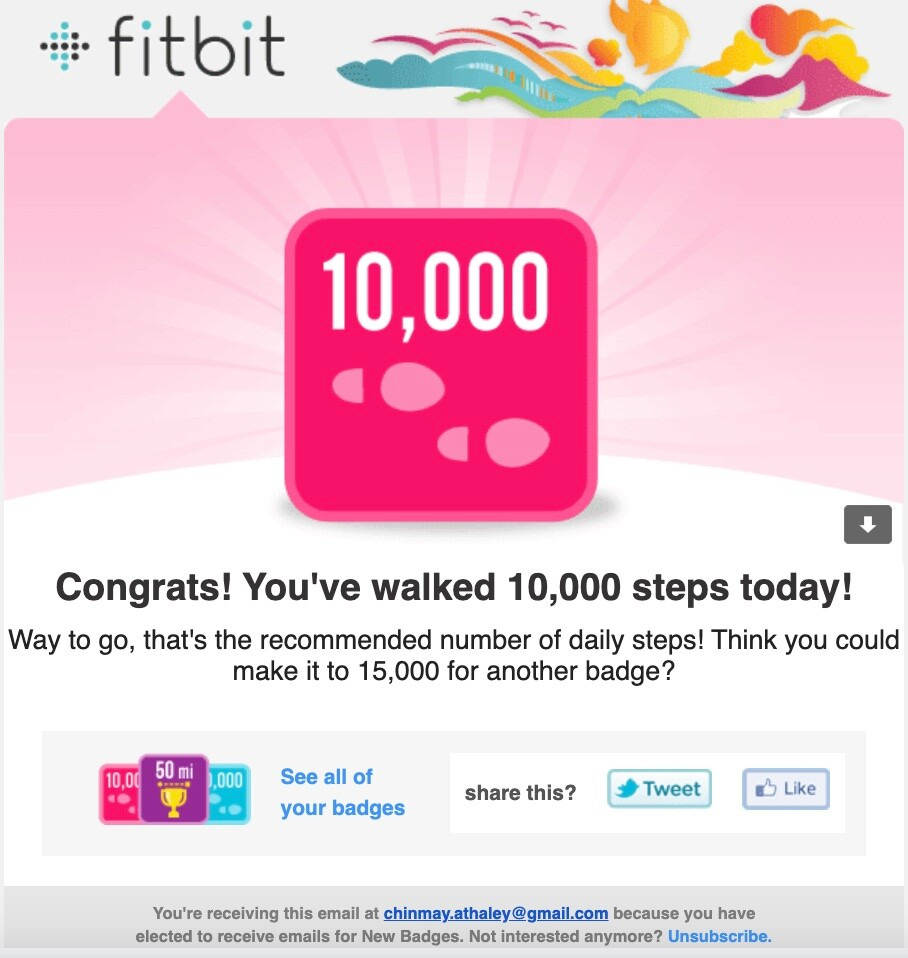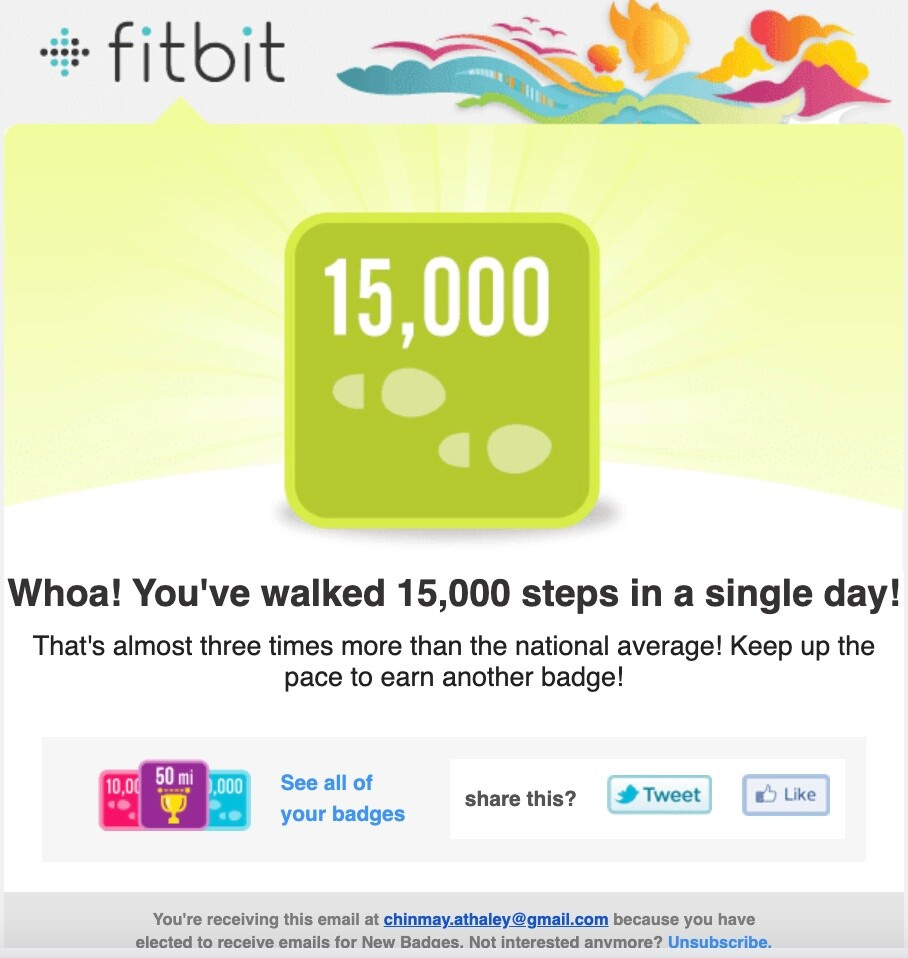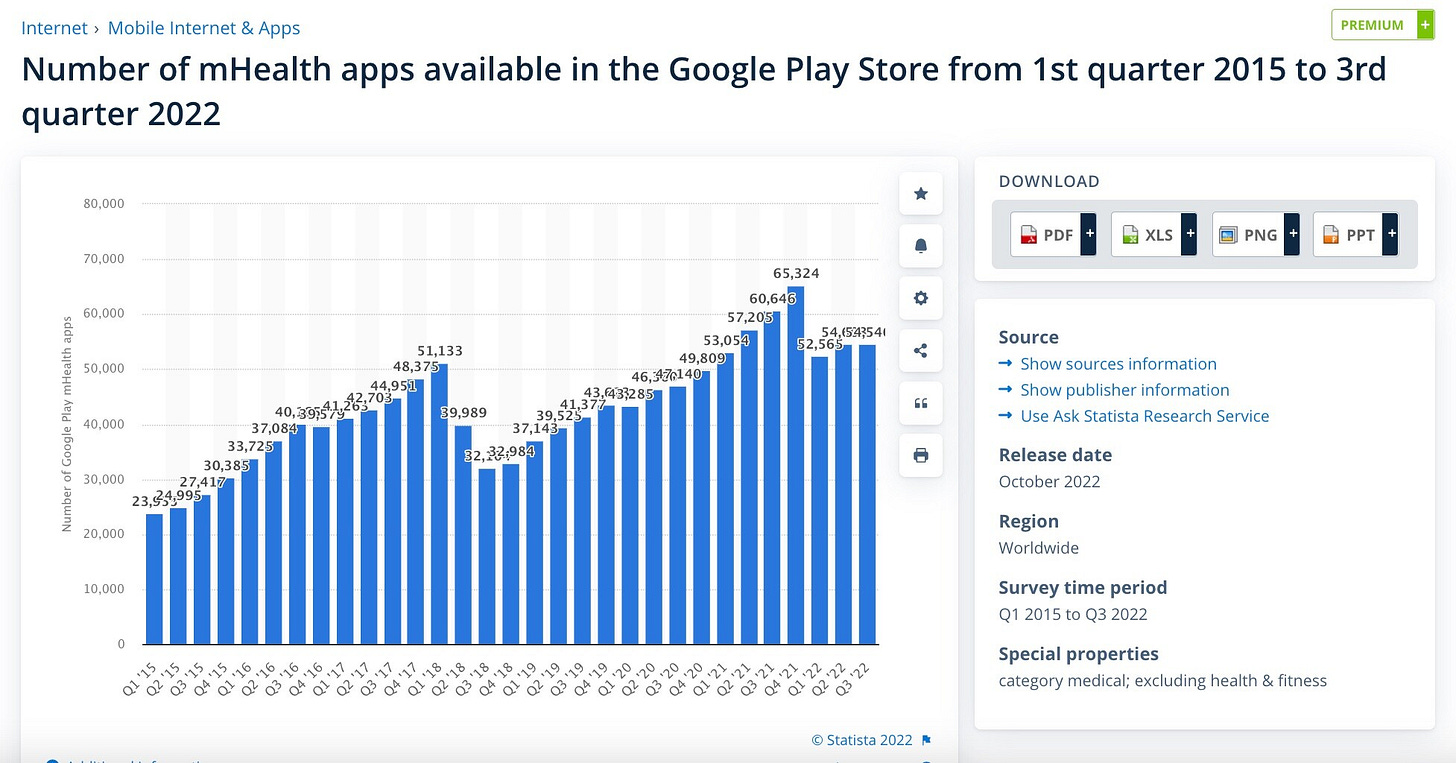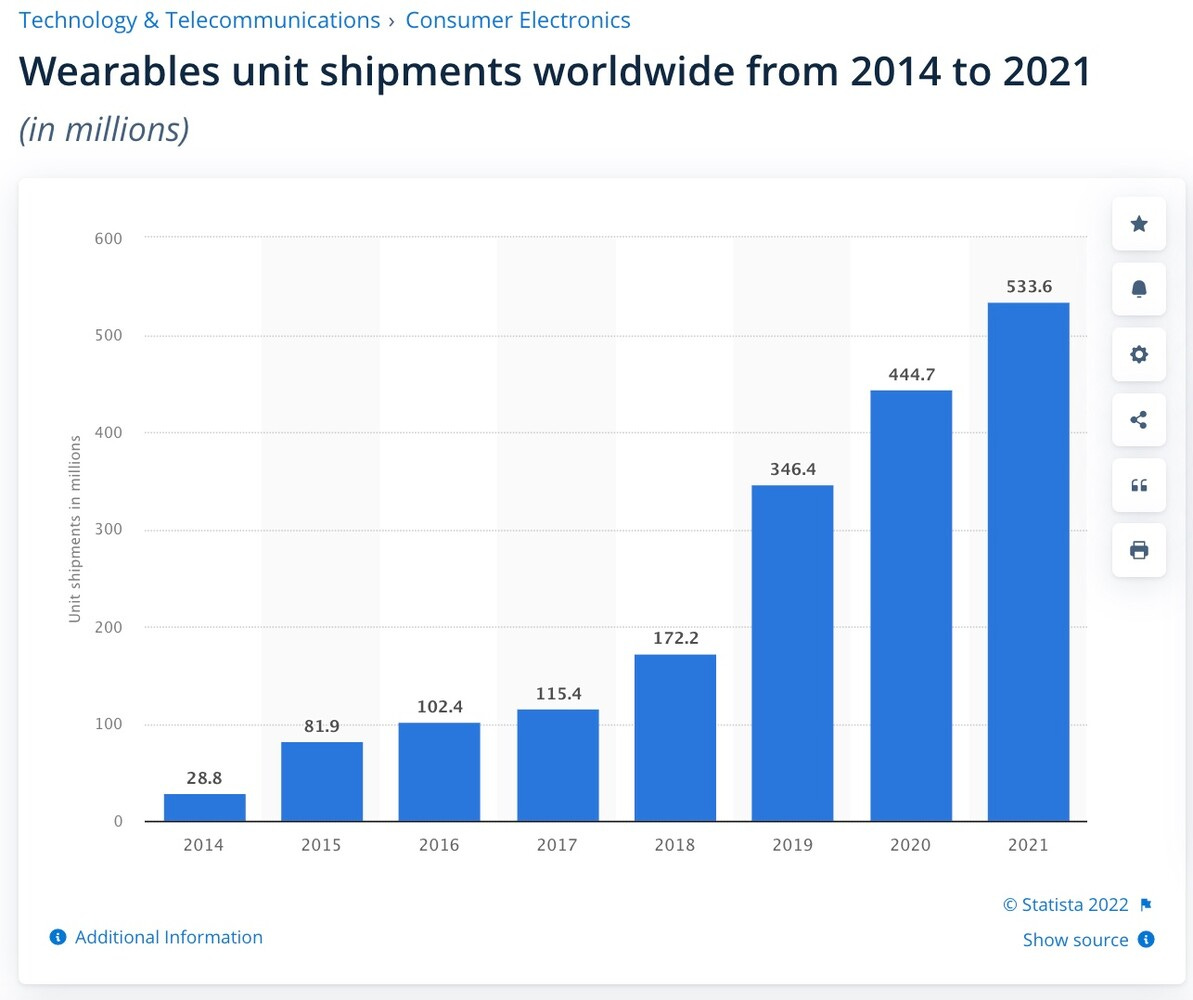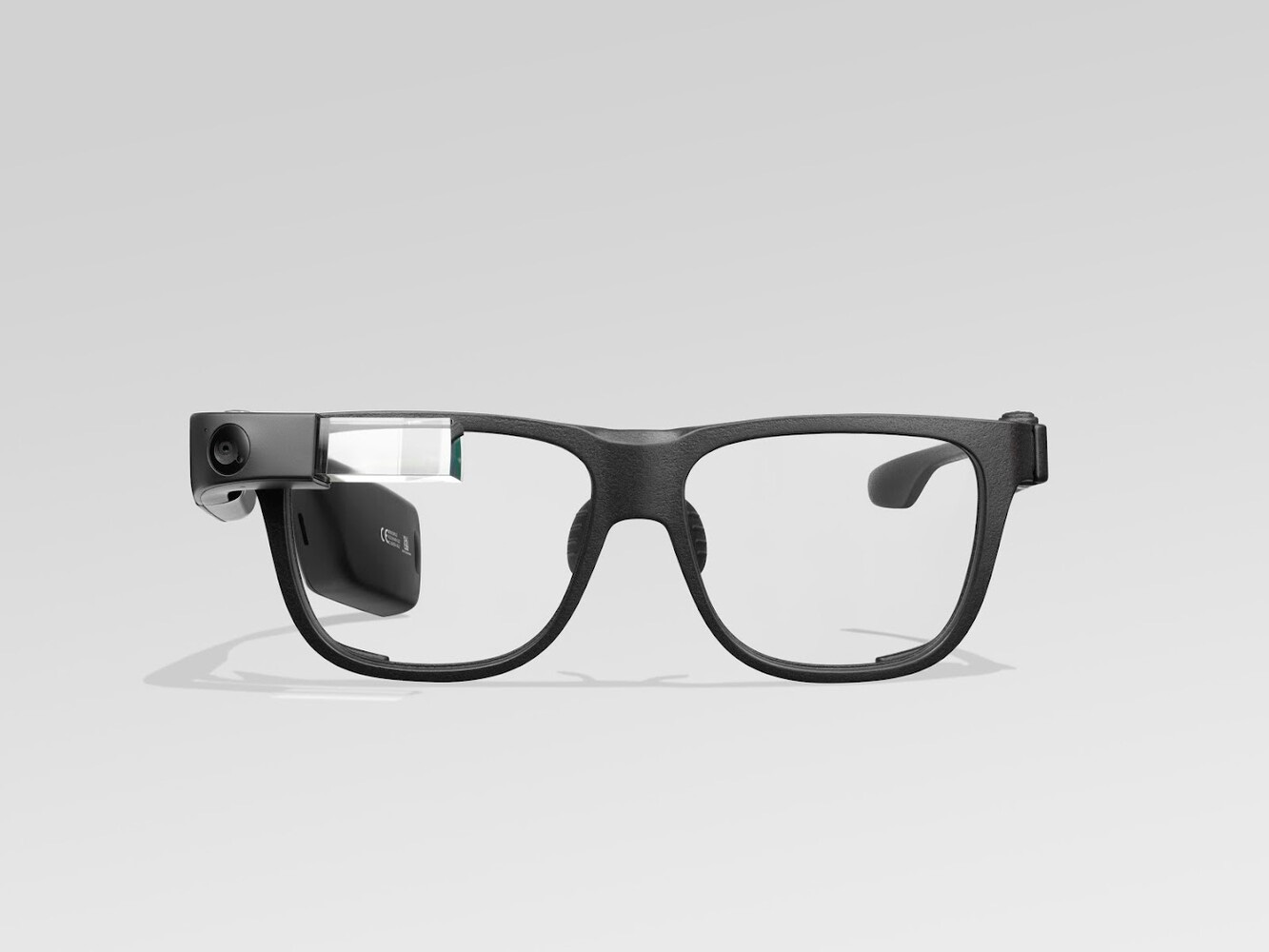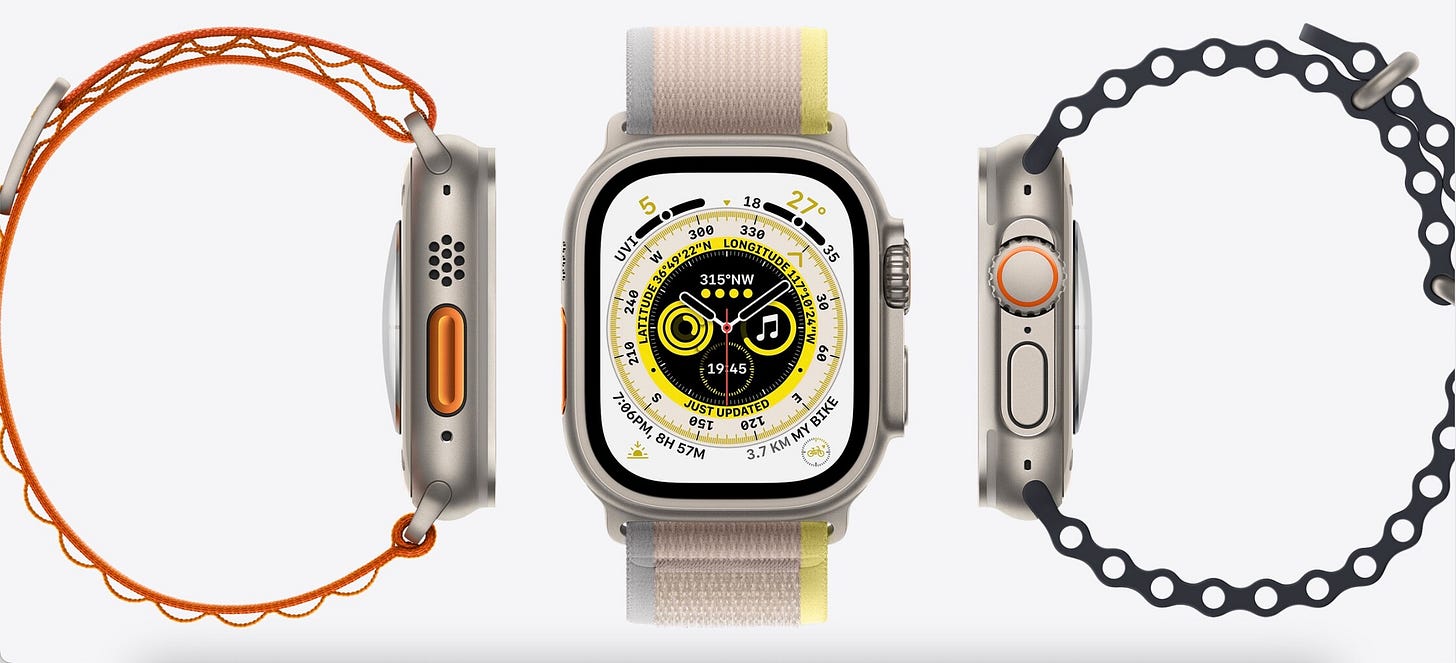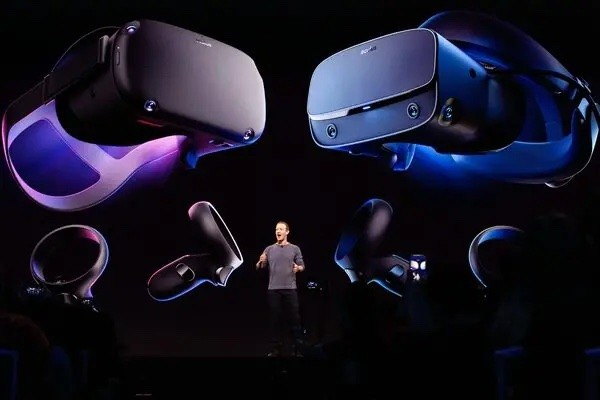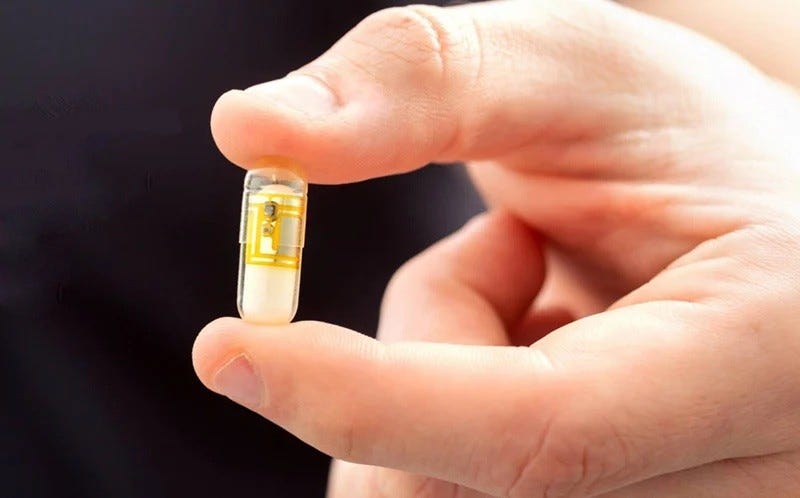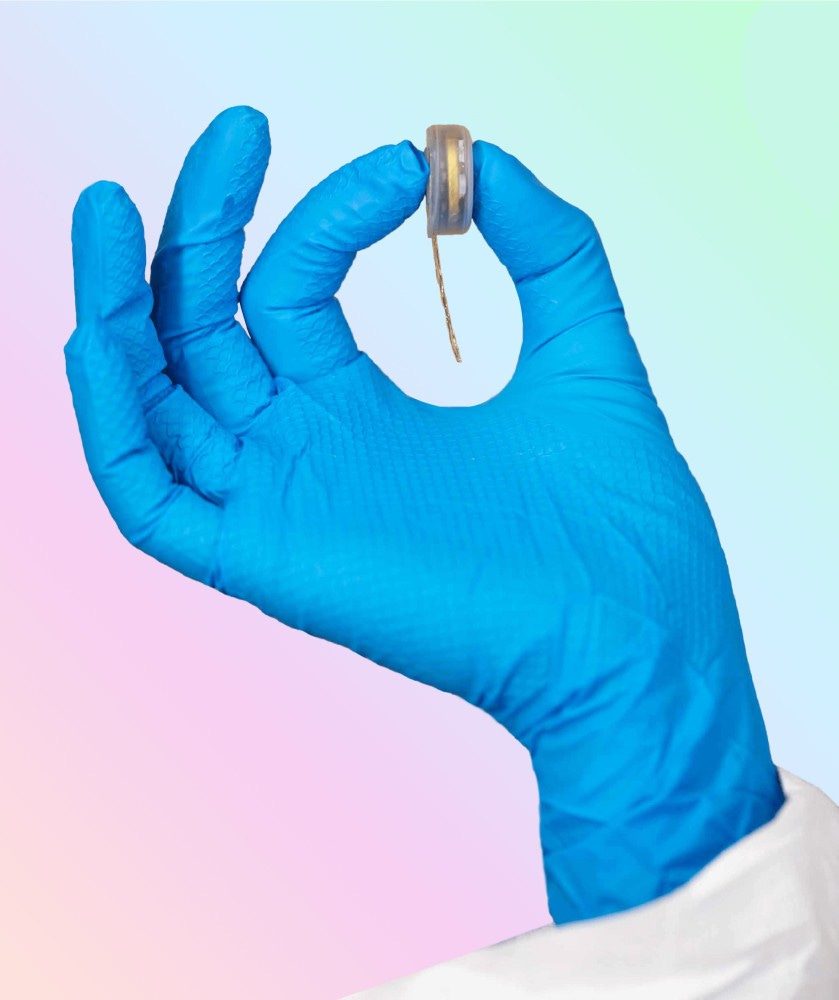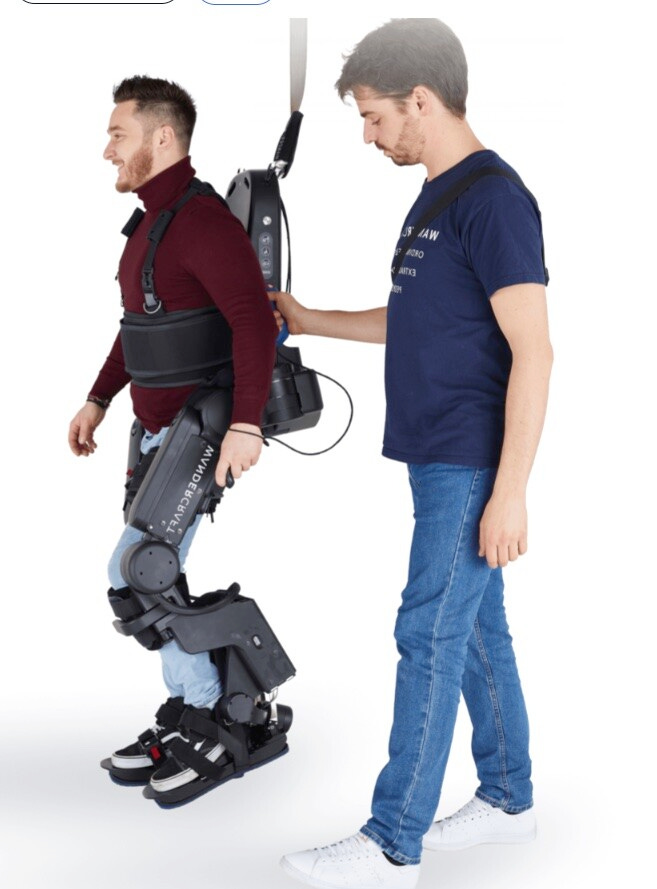I landed in Denver, Colorado, on a cold, chilly morning in 2013. I was moving from Mumbai, India. Given the time I spent commuting in Mumbai every day, I considered myself fairly “active.”
I did not know then that Denver would soon crush this delusion of mine.
Denver is also known as the Mile High City because, well it is a mile above sea level. And altitude matters.
Research shows that ‘for 1,000 feet of elevation gain, a person loses 2 per cent of their ability to consume oxygen and gets exhausted 4 per cent faster than they normally would.’
It means that in Denver, the person would lose 10% of their ability to consume oxygen and get exhausted 20% faster (1 mile = 5280 ft). So basically, if you are from Denver and work out regularly, there is a strong chance that you have a fully fit body because you are working out against the odds. I also knew that some people moving to Denver face breathing issues, especially if you, like me, have lived at sea level all your life. But the altitude did not make me nervous. Of course, I was carrying some belly fat, but hey, I was “active” from all that Mumbai travel. So I was not going to get an inferiority complex come what may. I was mentally strong and beyond all such social pressures.
Day 1 at the Denver office, I got an inferiority complex so quickly that I decided to do something about it.
I did what most people in my situation do - promptly ordered a wearable. Armed with my new Fitbit Flex, I started running around the town.
I ran and ran and ran …… and got my first badge.
Then my second.
Then my third.
I had nothing to do with physical fitness whatsoever, but after getting that kick in the butt, I started to exercise and never looked back.
Today, I wake up at 5 a.m. three times a week to religiously play Badminton.
And it all started because of a wearable.
How to ‘Know Thyself’; the Larry Smarr way
It is generally believed that Google ignited the wearable revolution by launching Google Glass. There is even evidence that they might have brought the word ‘wearable’ into popular culture as the increase in the usage of the term coincides with the launch of its first-ever wearable product, Google Glass.
And like you, I would have believed that this entire measurement and the wearable story was indeed a Google thing had I not stumbled upon this decade-old article by The Atlantic. Aptly titled ‘The Measured Man,’ the article opens with the memory of Sonia Ramamoorthy, a surgeon at the University of California at San Diego. She says that although she anticipated most of her well-informed patients to come up with several questions from their research on the internet, nothing prepared her for Larry Smarr - the gentleman who I believe is actually behind the wearable revolution. The Invisible hand, if you will.
Larry Smarr led by example and showed the HealthTech world what it means to really “own your health.”
Larry is a wearable enthusiast …. on steroids.
Larry used an armband to record skin temperature, heat flux, galvanic skin response, and acceleration in three dimensions and a headband to monitor his sleep pattern every 30 seconds. He had his blood drawn as many as eight times a year while tracking 100 separate markers. He captured 3-D images of his body, head-to-toe. Conducted regular colonoscopies to record the texture and colour of his innards, collected his stool samples, and sent them to labs for analysis nine times a year. And if this was not enough - with a wearable setup that can only be described as perfect, Larry recently directed his own surgery. He used a supercomputer and a network of very sophisticated devices to pull it off.
Before the surgery, Larry said to his surgeon.
“You’re the doctor, not me,” then pointing to a precise spot, said, “but I would start cutting here.” Pointing to another spot, he added, “And cutting here makes a good deal of sense.”
“That’s about right,” the doctor said.
And this is where Larry is different from others and is arguably the father of the modern wearable revolution. He converted all that data into “actionable” information.
Like all of us, Larry started his measurement journey with what goes into our bodies. He could assess what he eats, measure the impact on his body, and then tweak it based on what he wants to achieve as an outcome. He modified his diet to lose 20 pounds over a few years by sticking to low-glycemic carbs, lean protein, and omega-enriched fats. He states that in the US, the average American meets their doctor at max for about 40 minutes in a year and makes decisions based on those 40 mins. But you and I have 500,000 minutes a year, and we could decide every minute if only we had the correct data. He predicts that by the turn of this decade, humans should have learned everything there is to learn about the 6 billion genomes based that we have. And by that logic, he sees no reason why humans cannot maintain their health sitting on all that knowledge.
“There are about 100 billion bacteria per gram. Each bacterium has DNA whose length is typically one to 10 megabases—call it 1 million bytes of information. This means human stool has a data capacity of 100,000 terabytes of information stored per gram. That’s many orders of magnitude more information density than in a chip in your smartphone or computer. So your stool is far more interesting than a computer.”
Just to clarify my preference, I still find my computer more interesting. But that’s not the point.
The point is, given our world, technology has become so sophisticated that you can practically measure (and predict) many events that could potentially save your life, like our friend Smit. British science fiction writer Arthur C Clarke said, ‘any sufficiently advanced technology is indistinguishable from magic.’
But magic is not for everyone.
Do you really want to know yourself the Larry Smarr way?
Before you embark on a Larry-like journey, you have to understand Larry.
Larry Smarr is not your everyday human being. He is an astrophysicist turned computer scientist. He practically invented the internet.
He has forgotten more about technology than I probably know. He’s legit. With that out of the way, we must understand that we are in an information age. Our minds are not designed to ingest and make sense of the information, at least at the rate at which it is coming at us. We cannot analyse all those data points coming from all those wearables. The other side of this coin is that humans are not wired the same way. So, we are bound to find abnormalities.
Abnormality is normal.
That’s what makes us humans. Otherwise, we would all be robots. Exactly the same.
In his book Overdiagnosed: Making People Sick in the Pursuit of Health, Dr. H. Gilbert Welch, a professor of medicine at the Dartmouth Institute for Health Policy and Clinical Practice, points out a fad that existed in the 2000s where patients were going for full-body CT scans willy nilly. And, of course, the scans did not disappoint them. 80% of those who went for the scans found some abnormality. A National Institutes of Health (NIH)funded study concluded that smartwatches increase health anxiety. The same study details a case where the participant started believing her cardiac condition was worsening based on the smartwatch notifications. This resulted in 12 ambulatory and emergency department visits. But since she was totally okay, those visits did not alter anything medically for her. The irony is she was eventually diagnosed with hypochondriasis (anxiety of having an illness without really having one).
Dr. H. Gilbert Welch would rather go river rafting than measure the biochemical processes within his body. Welch believes that
“Data is not information. Information is not knowledge. And knowledge is certainly not wisdom.”
The NIH study also talks about how the participant took 916 ECGs over a span of 1 year. As you can see below, the participant’s smartwatch ECG usage increased over time, indicating a bit of paranoia about her own health when everything was really fine.
This paranoia has unintended consequences. It is counterintuitive, but it sometimes disturbs your sense of well-being by throwing data at you that may or may not be relevant. Also, let us not forget that Larry was privileged. Try setting up the wearable eco-system that Larry had, and you’ll soon realize how expensive it is to not only procure such a setup but also exceptionally difficult to maintain. Then, there is notification fatigue. Your smartwatch will bombard you with all possible notifications from every app on your phone. When you get notifications on your phone, you at least have the option to keep your phone aside, but imagine this notification juggernaut sitting on your wrist. How will you differentiate the signal from the noise? In addition to this, wearable technology is often looked upon as being intrusive. Your precise location and activities are known to anyone accessing your data.
However, the promise of wearable technology is unparalleled, especially today. To understand the promise, we must first look at the universe of wearable technology.
The universe of knowing yourself
Much like our own, the wearable universe is vast. And in fact, there are many such universes. We are in a wearable multiverse. But to keep this article simple, let us ignore that. Our entry into this wearable universe is through software and hardware.
Software
As of 2022, there are over 50,000 apps available on the Google Play Store and a similar number of apps on the Apple App Store. This number must have surely increased by a considerable margin now.
Hardware
But the 50k number is far behind the half-a-billion wearables shipped in 2021.
Within this wearable universe, there are several types of wearable categories. Some started about a decade ago, some fairly recently, and some that started but are about to implode and stop existing. Natural selection, if you will.
Smart glasses & eyewear - Kicked the doors open.
This is where the actual wearable traction started, as far as my research goes. Google dropped a neat Smart Glass in 2012, and the world went gaga over it. Several others followed - Epson, Vuzix, North Focals, Lumus, and our very own Ray Ban. But this category that kicked the doors open for wearables did not really succeed, in my opinion. You don’t see a lot of interest in this category from a consumer point of view.
Smartwatches & fitness bands - Made the whole thing legit.
This brings us to Smartwatches. Everyone’s favorite wearable category. The genius here is that this category piggybacked on an existing user behaviour and did not try to make users do anything outside of what they were already doing naturally. In fact, I’d say they reimagined what you wear on your wrist and simply added measurability to it. The fact that Apple has its 8th gen watch out on the market validates the success of this category. Statista estimates that out of the half a billion devices shipped in 2021, half of them were smartwatches.
Hearables - The next big thing
A mixed terminology for ‘headphones’ and ‘wearables’, hearables is the rockstar category. Scott Galloway thinks, and I agree, that the metaverse will live more in your Airpods than in your Occulus Rift. Don’t believe Scott? Well, read for yourself. Apple sneaked biometric sensors into the Airpods and is burning the midnight oil to make it a true wearable by measuring your body temperature, heart rate, perspiration levels, and more through skin contact and built-in motion sensors. Cool right?
Virtual reality headsets - They tried.
The first VR/ AR I knew of back in the day was Occulus Rift. At the time, I, too, was convinced that this headset looked super futuristic - and I think that’s where the problem is. Besides mostly gamers, none of us found any practical use for a bulky headset in our day-to-day workflows. You cannot wear a VR headset on your office commute, nor can you wear it in the office; once home, you are too tired of all your digital screens to put another one on your head. As immersive as this experience is, something about it doesn’t feel very natural. And this is where, in my mind, the category fails to capture the imagination of millions (billions?) of potential customers.
Apple Vision Pro is the latest to hit the market. And you generally don’t bet against Apple.
Time will tell.
Smart belts, Smart shoes, Smart clothing, Smart rings and Jewelry, Smart helmets - Don’t know why they exist and who uses them.
But if there is one category that confuses me the most, it is this. Why would anyone want to embed sensors in their clothes, shoes, or helmet? Aren’t there too many logistical issues with it? Don’t you already charge a million devices daily? I fail to understand this category. Smart rings - probably, but not really. Smart shoes and smart helmets? I mean, why, just why?
Smart Pills - The promise of the future
And just when you think thought wearable narrative is going in the wrong direction comes an intriguing category. This is where the game starts to change. Because the device through which you know thyself is no longer outside your body. It is inside. MIT researchers have developed a swallowable sensor that could potentially replace endoscopy by monitoring your gastrointestinal tract. The reason behind this invention is that even though stool samples can measure biomarkers, these biomarkers degrade by the time they exit your body. Having a pill inside your body measures these biomarkers in real time. Then there are pills that can measure medication adherence. These pills are binary in nature - did the patient take the medication or not? If not, it reminds the patient. This is essential wearable tech for patients with Alzheimer’s since the tech relies on gastrointestinal chemistry and not really human memory.
Brain-Computer Interface - The holy grail.
When you speak of technology, it would be remiss of you not to think about Elon Musk. Just when you felt odd not reading his name yet, comes the mother of all wearables. We don’t expect any less from Mr. Musk. I don’t even know if we should think of this device as a wearable since it is technically embedded in your brain. And this is where the entire wearable technology truly evolves a generation. This is not just to measure but to measure and correct. The interface would help disabled patients correct movement and speech by measuring it first and acting on it in real time. It would also help restore vision by correcting signal communication between the brain.
Mind = Blown.
In my opinion, this is the holy grail of ‘wearables’ - where the boundaries get blurred. Wearables become a part of you. In fact, they become you.
But I hear you. What you are probably thinking is - I am not going to wear all those VR headsets or the brain-computer interfaces and definitely not smart helmets; yes, I wouldn’t either.
So then, is there a Goldilocks zone of wearable technology?
JASON is an independent group of scientists that advises the US government on issues related to science and technology. This report from 2014 is one of my favourites. Primarily centred on gathering data for individual health, the report discusses how EHR data can be augmented with several other data sources we create. These include data from personal health devices like wearables, patient collaborative networks, and social media. This creates a ‘feedback loop’ non-existent today but can be a game-changer in managing diseases.
“The combination of all of these data streams constitutes, arguably, a more sensitive indicator of human health-related phenotypes than has ever existed before. There is tremendous potential for health benefits to be derived from leveraging all of this data in a detailed read-out of the phenotype that can be used to assess, 27 for example, the susceptibility of an individual to diseases and sensitivity to medical treatments.”
Our healthcare at the moment is reactive. We typically go to a doctor when we find something wrong with us. This model can be flipped on its head by utilizing data from your wearable devices. That data generates patterns, and patterns can be predicted. You can make a case that measuring yourself at various points in time may be the cheapest and easiest way to avoid a problem. Agreed that you and I are not Larry, but we have many options available at our disposal. Wearable technology is great for patients with chronic conditions like diabetes, heart failure, and asthma. It is also a boon for patients with Alzheimer’s, epilepsy, sleep disorders, and obesity. Pacemakers are one such example of wearable technology that has always been around. Of course, you don’t technically ‘wear’ it in the truest sense, but you get the drift. Even stents have been around for quite some time and have been reasonably successful.
Bionics regularly replace or supplement a missing or malfunctioning body part. That people can live everyday lives despite losing a limb would have been unimaginable decades ago but is fairly common today. In fact, I know someone whose hand was inside the mouth of a crocodile (yes, you read that right - CROCODILE) who lost his limb and yet is living a completely normal life today with the help of Bionic. This thing is real. Prosthetics, exoskeletons, and orthotics are tangible examples of wearable technology helping humanity in unprecedented ways.
This article talks about how wearables can also greatly benefit patients who have autism. The article states that ‘autistic adults are significantly more likely to experience depression and anxiety than their peers. Imagine a future where technology could help people regulate their emotions and alert them to sensory overload before they become overwhelmed.’ This is the promise of wearable technology.
Coming to simpler problems, granted that smartwatches may contribute to anxiety, they can contribute equally to patient well-being. It tells you about your sleep cycles and movement reminds you about the medication that you need to take and monitors heart rate, blood pressure, and other indicators of health. We need to build the right ecosystem with wearable technology as an enabler.
“Wearables can play an essential role in promoting patient empowerment and healthcare engagement. However, this will require active involvement and strong collaboration among all stakeholders—technology companies, behavioral scientists, health care practitioners, researchers, patients, and caregivers—to understand how diverse segments of society (e.g., older adults, individuals with medical and mental health issues) interact with this technology.”
**************************
You see, Smit did not really buy that Apple watch in anticipation of falling 150 m into a valley. The worst-case scenario is never why we buy any wearable; it is to avoid that scenario. And Smit’s wearable did precisely that. That, in my opinion, is the unparalleled power of a compact computer sitting on your wrist. It can predict a fall, call emergency numbers, call an ambulance and alert the police for you. Things you will never be able to do by yourself, especially when you are fighting for your life with no one around you. And who knows - a couple of decades from now, the brain-computer interfaces become so sophisticated and commonplace that we forget about our Apple watches and embed a chip in our brains or bodies.
But until then, I will bet my money on wearable technology as a tool that can surely nudge me into positive health behaviours - it already has. And I salute Larry Smarr for showing me the possibilities.
Larry is Santa who gifted us the modern wearable revolution.
Thank you, Larry!
*****************************
References





